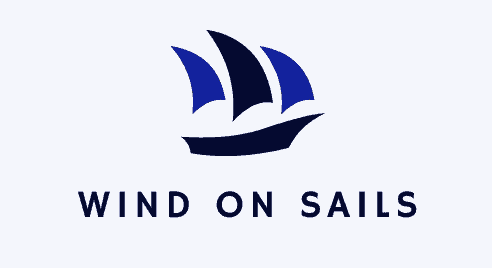Ahoy, sailors! If you’re new to the world of sailing, you might find yourself overwhelmed by the myriad of sailing terms that seasoned sailors casually toss around. But fear not! In this comprehensive guide, we’ll unravel the mystery behind common sailing terms, providing simple explanations and examples to help you navigate the nautical jargon with ease. Let’s set sail and explore these essential sailing terms.
Table of Contents
Port and Starboard
When on a boat, “port” refers to the left side, while “starboard” refers to the right side. These terms are used to communicate directions and indicate the location of objects or maneuvers. For example, “Please pass me the fenders on the starboard side.”
Bow and Stern
The “bow” refers to the front or forward part of a boat, while the “stern” refers to the back or rear part.
Windward and Leeward
“Windward” refers to the side of the boat or the direction from which the wind is coming. On the other hand, “leeward” refers to the opposite side, sheltered from the wind. Sailors use these terms to plan their course and make tactical decisions.
Tacking and Jibing
“Tacking” is the act of turning the bow of the boat through the wind, changing the side from which the wind is coming. This allows the boat to change direction while sailing upwind. “Jibing” is the opposite maneuver, turning the stern of the boat through the wind to change direction when sailing downwind.
Rigging
“Rigging” refers to the system of ropes, wires, and other components used to support and control the sails and mast. It includes various elements such as halyards (ropes used to hoist the sails), sheets (ropes used to control the angle of the sails), and shrouds (wires supporting the mast).
Heeling
“Heeling” describes the leaning or tilting of a sailboat due to the force of the wind on the sails. The boat can lean to one side, causing it to tilt and creating a thrilling sensation. Sailors adjust the sails and shift their weight to maintain balance and control.
Reefing
“Reefing” is the process of reducing the area of a sail to decrease its surface area and power in strong winds. This is done by partially lowering or folding a section of the sail and securing it, thus making the sail smaller and more manageable.
Keel
The “keel” is the central structural element of a sailboat, usually made of heavy material such as lead or iron. It extends beneath the boat into the water and provides stability and prevents the boat from sliding sideways.
Navigational Markers
Navigational markers, also known as buoys, are floating objects that indicate safe passages, hazards, or important locations in the water. They are color-coded and labelled according to their purpose. For instance, a red buoy with even numbers indicates the right side of a channel when entering from the sea.
Points of Sail
Sailboats have different angles at which they can sail relative to the direction of the wind, which are called “points of sail.” The main points of sail include close-hauled (sailing as close to the wind as possible), reaching (sailing at an angle between close-hauled and a broad reach), and running (sailing with the wind directly behind).
Summary
By familiarizing yourself with these essential sailing terms, you’ll be able to communicate effectively, understand instructions, and navigate the sailing world with confidence. So hoist your sails, embrace the wind, and embark on unforgettable nautical adventures armed with the knowledge of sailing terminology. Fair winds and smooth seas!




